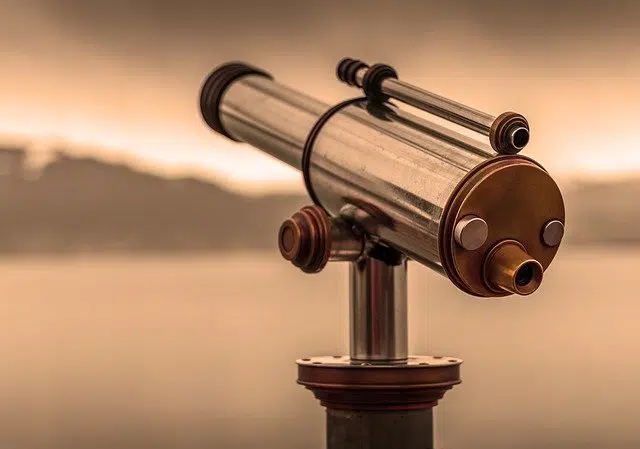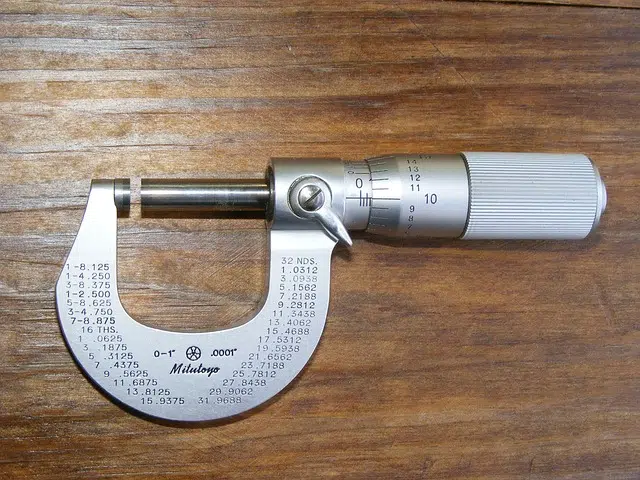
The micrometer used to measure distances with the telescope
A micrometer is a tool used to measure a very small line or angle precisely . Also known as a Palmer , Palmer gauge or Palmer screw , it has a micrometric screw that allows measurements in a range of thousandths or hundredths of a millimeter.
The micrometer screw has a scale around it. To carry out the measurement, the ends of the instrument must be progressively approached until the desired estimate is made.
Historical background
Throughout the Renaissance and the Industrial Revolution the need arose to make measurements with special precision . At that time, there were no instruments capable of measuring such small units, but market demands drove their creation.
Among the first tests of tools capable of accurately scaling large distances to the lens of a telescope was the one developed by Galileo Galilei in the 17th century to determine how far Jupiter was from its satellites.
In 1640, William Gascoigne invented the micrometer screw, which offered advantages over the Vernier scale for measuring angular distances through the microscope.
Creation and improvement
English inventor Henry Maudslay created one of the first micrometers in 1829 , based on his nation 's metric system. Then the Frenchman Jean Laurent Palmer optimized the device, using a manual micrometric screw.
Over time, other scientists incorporated improvements in these utensils until the current form was reached. What the micrometer does is convert tiny distances into larger rotations that can be read on a given scale . Thanks to the threaded micrometric screw inside, great precision is achieved.
Types of micrometers
There are several criteria that we can use to classify micrometers. For example, if we look at the technology used when manufacturing them, we have:
* mechanical : they are based solely on mechanical elements. It should be noted that they are the oldest;
* electronic : electronic elements and, generally, digital technology are used in its manufacturing.
According to the unit of measurement, the micrometer can belong to:
* decimal system : the unit of length used is the millimeter;
* English system : uses an inch divisor.
According to standardization, the micrometer can be:
* standard : its applications are general;
* special : they are manufactured for specific measurement jobs, either in the manufacturing or verification of certain parts. For this reason, its appreciation and breadth of measures are particular.

Example of a mechanical micrometer
As a unit of length
Micrometer, on the other hand, is synonymous with micron or micron . This is a unit of symbol length μ that is equivalent to one millionth of a meter : 0.001 mm.
The use of this unit is convenient to refer to very small elements. The diameter of human hair , for example, is measured in micrometers: each hair has a diameter of about 70 μ .
This unit of measurement is the smallest in the field of mechanical manufacturing. It is used to express the size variations that are allowed in the part design process, a concept called dimension tolerance .
Etymology of the term
Regarding its etymology, this meaning of the term originated in Greek, in the neuter grammatical genus of micros , an adjective that can be translated as "small."
If we use the synonym micron , the corresponding plural is microns . For micron , however, we must use microns ; It is worth mentioning that in Greek it does not change, but remains "micro". For this reason, if we were speaking with complete linguistic rigor we should use this term without alteration for the plural of micrometer , unless we say micrometers .
